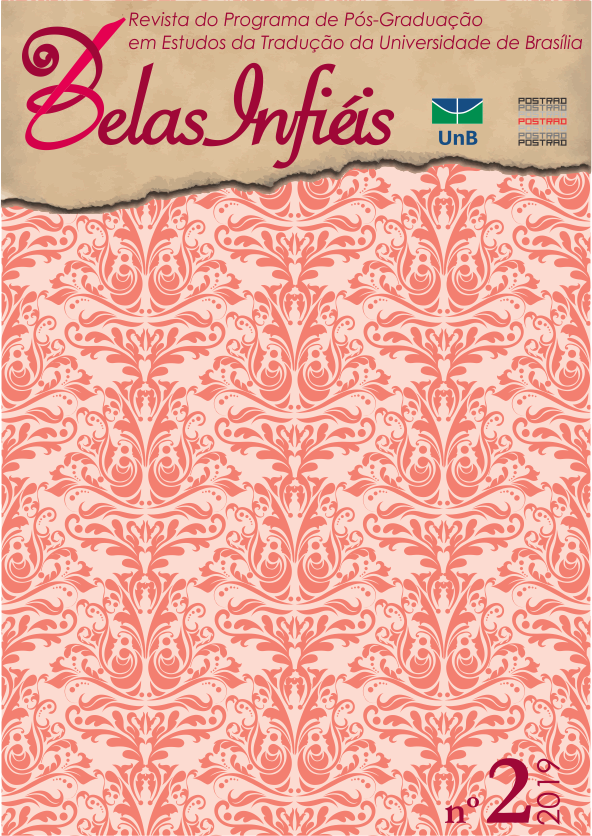About self-translation and paratext in Boquitas pintadas. Folletín by Manuel Puig
DOI:
https://doi.org/10.26512/belasinfieis.v8.n2.2019.24379Keywords:
Manuel Puig. Boquitas pintadas. Self-Translation. Paratext. Rewriting.Abstract
The interference of Manuel Puig in the field of translation can be studied in an exemplary case such as his novel Boquitas pintadas. Folletín (1969). The author actively collaborated in the translation of the versions made especially for Italy, where the novel appeared as Una frase, un rigo appen a. Romanzo d'appendice (1971), for France, where it was titled Le plus beau tango du monde (1972), and for the United States, where it was published as Heartbreak Tango. A Serial (1973). His intervention focused mainly on the paratextual elements. Titles, subtitles and epigraphs that head each chapter were specially adapted in function of the new spaces of literary and cultural reception in which the work would circulate. This article focuses on the role of Manuel Puig as a translator in the analysis of the mentioned translations. For this, we consider the published versions and some traces of the writing process readable in the working drafts of the personal file of the writer.
It should be noted that what all these translations prioritize and conserve in different ways is especially the tango as a peculiar element of the culture of departure, among other materials representative of popular culture.
Downloads
Downloads
Published
How to Cite
Issue
Section
License
Given the public access to this journal, the texts are free to use but requires the recognition of the original authorship and initial publication in this journal to be properly stated.
 The journal allows the use of works published for non-commercial purposes, including the right to submit the work to publicly accessible databases. Published contributions are the sole and exclusive responsibility of the author(s).Â



















